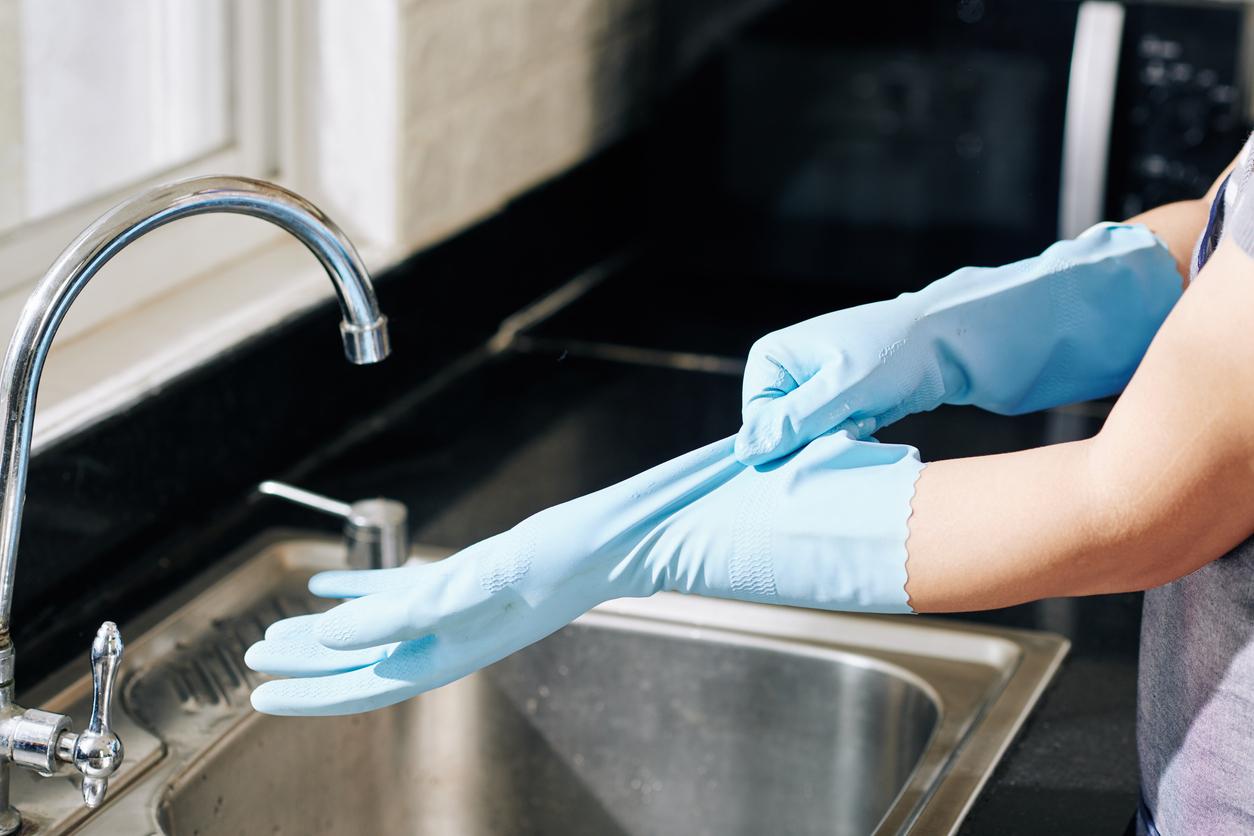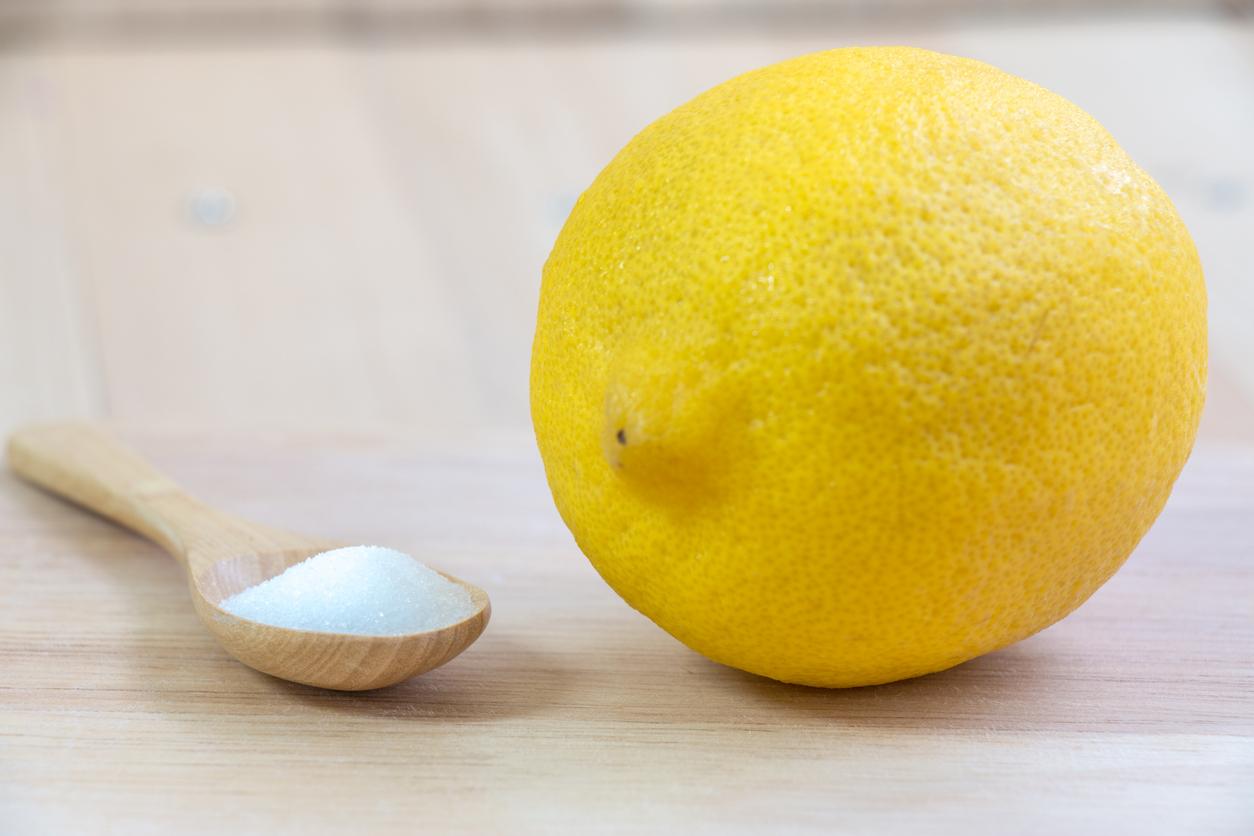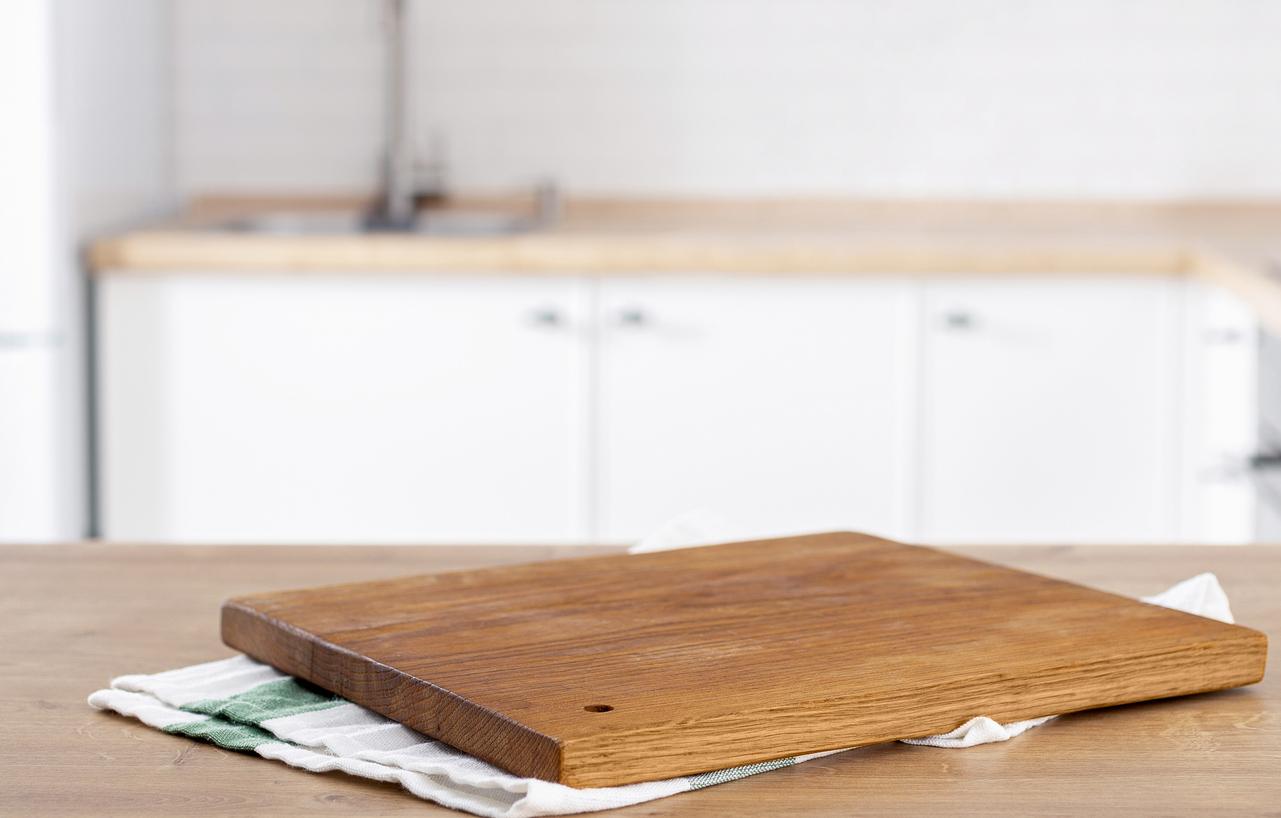How to Naturally Clean a Wooden Cutting Board: An Easy Step-by-Step Guide
Let nature and chemistry do their tricks to effectively clean a wooden cutting board.
Published Oct. 1 2024, 3:42 p.m. ET

Depending on the type of wood used for your cutting board, you'll want to take extra care to ensure you get the most bang for your buck and enjoy the benefits of an all-natural cutting board material for years to come.
Luckily, nature's natural cleansers and ingredients you probably already have in your cupboard can effectively maintain the beautiful designs and cleanliness of your wooden cutting board.
Maintaining a cutting board free of harmful bacteria is of the utmost importance when preparing any meal, so it is important to know how to clean your equipment to keep your food preparation methods safe. Check out our easy step-by-step guide below to maintain safety and cleanliness in your kitchen.

Step 1: Gather your materials.
To effectively clean your wooden cutting board, first, gather your materials in one convenient spot. According to Martha Stewart's website, here are natural and gentle cleaning materials to gather ahead of time:
- Dish soap
- A sponge
- Baking soda
- Distilled white vinegar
- A lemon

Step 2: Remove stuck-on food from the cutting board.
Just as a little extra love and care helps clean dishes before being loaded into the dishwasher, a little elbow grease aids in the cleaning process. If you can remove any stuck-on bits of food from the cutting board, it behooves you to do so now before running the faucet and potentially wasting several gallons of water.
You might also want to recruit the scouring side of a reusable, eco-friendly sponge to facilitate the food removal process before moving on to the next steps.

Step 3: Rinse the cutting board with soap and water.
Wet your sponge and cutting board before placing planet-friendly and skin-friendly dish soap on your cutting board.
According to Martha Stewart's website, warm or hot water and soap should sufficiently clean your wooden cutting board. Scour the cutting board gently but firmly: "Avoid using abrasive scouring pads that might damage the wood," Spekless Cleaning Operations Manager Karina Toner tells the outlet.

Step 4: Harness the power of citric and acetic acids to further clean your board.
Following a particularly messy food prep session, you might want to add some extra cleaning oomph to your cutting board. Rather than turning to disinfectants like bleach, there are greener alternatives, per Made In Cookware, like a paste made from baking soda and lemon or scrubbing with salt and lemon.
It's important to note that government agencies have specific lists defining what substances are considered disinfectants. While distilled white vinegar is not approved as a disinfectant in the U.S., that doesn't mean you can't harness the power of years of research, including a 2014 study published by the National Library of Medicine, into acetic acid as a viable cleaner with myriad uses.

Step 5: Dry, then moisturize your board.
To ensure bacteria doesn't grow on a wet wooden cutting board and to avoid warping, dry your cutting board immediately and let it rest on a kitchen towel after blotting it dry. Be sure to moisturize your cutting boards with a planet-friendly oil to help avoid premature cracking.
Per the USDA's Food Safety and Inspection Service, bamboo boards are less porous and absorb less moisture than other types of wood. Therefore, you should read the care instructions and use a gentle, moisturizing mineral oil to help your bamboo board avoid cracking.